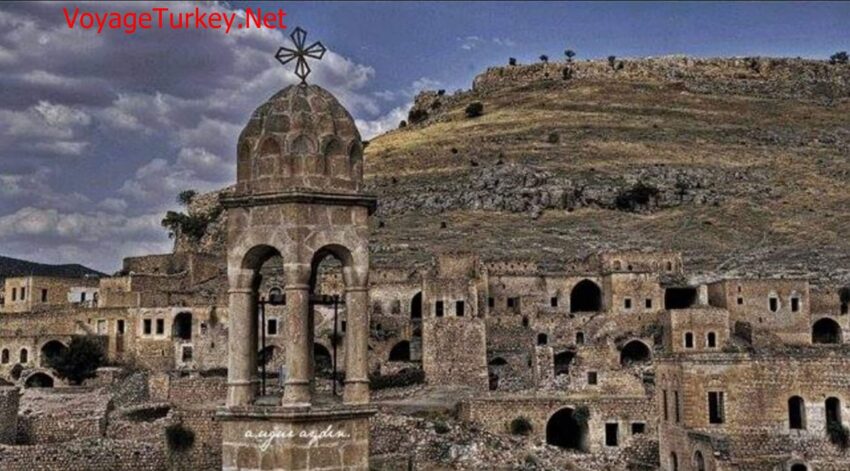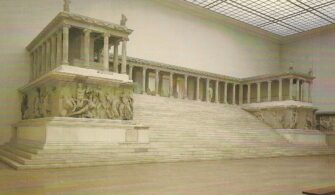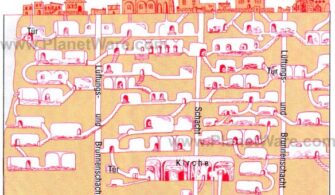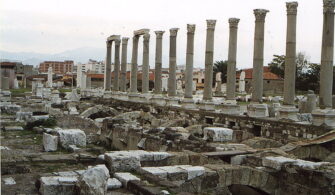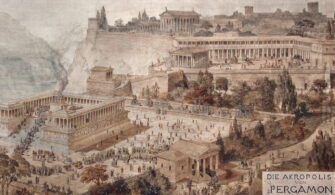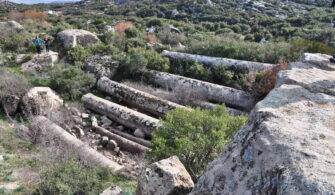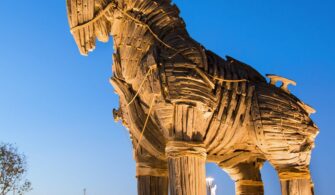The word Syriac is used to refer to Christians living in Tur Abdin and belonging to different Christian sects. There are about 20,000 people belonging to the Syriac Church in Mardin, Istanbul, Mersin, and Diyarbakır.
This society is a master of winemaking, stonework and filigree art.

There are three views on the ethnic origin of Syriacs. According to one of these views, Syriacs (Assyrians) are of Aramaic origin. The main reason for this is that the Syriac language is close to Aramaic. Syriac is the Eastern Aramaic dialect. Another view that asserts that Syriacs are Assyrian refers to historical sources.
According to another view called the Synthetic view, the Assyrians are nothing but a mixture and continuation of the Mesopotamian peoples before Jesus. According to the synthesisist view, Assyrians are neither Assyrian, Babylonian, Chaldean nor Aramid; the Assyrians are a new synthesis based on the cultural basis of all ancient Mesopotamian peoples, which in the meantime assimilated the Hellenistic civilization.

Under the influence of the Apostle Peter and his friend Thomas, the Assyrians, who were pagans before Christianity, accepted Christianity in 38 BC. The Assyrians were among the first Christian communities. With the coming of Jesus, Christianity spread rapidly from Jerusalem to Antioch and then to Mesopotamia. At the time of Christianity spreading in Mesopotamia, the Assyrians living in this region adopted this new doctrine and thus a new era began for them.
Western Assyrians and Eastern Assyrians
In the historical process, Assyrians are divided into two geographically. In this distinction, those living in Diyarbakır, Antakya, Maraş, Urfa, Mardin, Midyat, Nusaybin, and Syria were defined as the Western Assyrians; those living in the Iran, Iraq, and India were defined as Eastern Assyrians.

Moreover, the Council of Chalcedon (Kadikoy in Istanbul), which convened in 451 BC, caused the division of Syriacs in religious terms. The Syriac church did not accept the Chalcedon faith principles and cut off its relations with the Istanbul Church. The most important reason for this separation is that Byzantium tried to impose its own views on the churches established by the Assyrians in the East.
Nestorians
Mor (St.) Nastur, the patriarch of the Byzantine Church during the council, was exiled when he refused to submit to the oppression. Eastern Assyrians, who adopted the view of Mor (St.) Nastur, were called Nestorian. The Orthodox Nestorian Church changed its name to the Eastern Assyrian Church in the 19th century. Nestorians are diophysittites.
Ancient Assyrians: Yakubies
The Syriac Church of Antioch called the Western Syriacs was in danger of extinction as a result of the pressure it experienced during this period. A young Assyrian priest named Jacob Burdono gathered the Western Assyrians. Therefore, this Church was introduced by the Byzantine authorities under the name “Yakubi”. Western Assyrians are Monophysite. This group, forming the Assyrian Orthodox Church, remained attached to the Patriarchate of Antioch in the face of the connection of a group to the Roman Catholic Church as a result of the conflict in a patriarchate election in 1782. This group called themselves “Ancient Assyrians” to distinguish themselves from Catholics. This Church, now called the Assyrian Ancient Church, is mainly the Western Assyrians who make up the Assyrian Orthodox Church.

Melchites
After the Chalcedon (Kadikoy in Istanbul) Council, a group of Assyrians feared the oppression and persecution practices of the Byzantine Emperor Markian and adopted the decisions taken by the Kadıköy Council. These Assyrians were labeled as Malkoye Melchite (in Syriac language ‘Supporters of the King’) by the Assyrians who did not adopt the council’s decision. Today these are called Melchites.

Chaldeans
Another church, which was composed of those who broke away from Nasturism and adopted the Catholic faith, was called the Chaldean Church. The Syriacs of this church were called Chaldeans.
